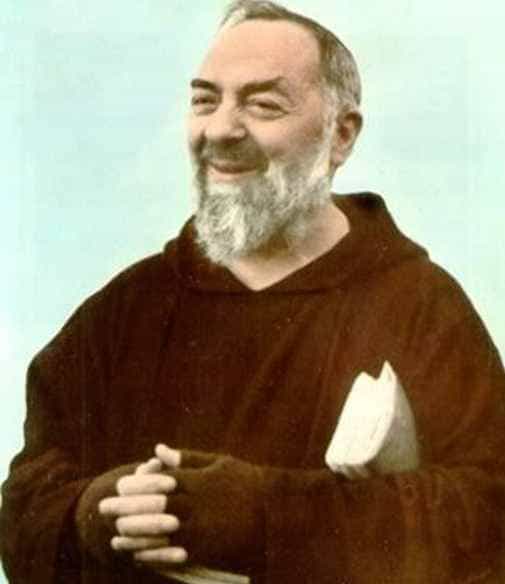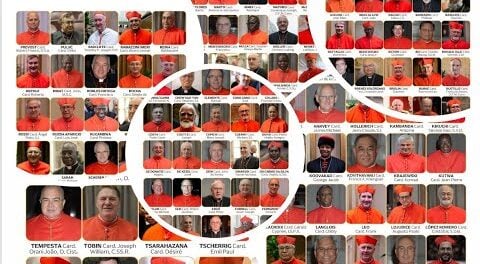
Category: Catholic Motivation
-

🙏 A New Chapter Begins: Supporting Pope Leo XIV with Prayer and Hope | W/ Daniel O’Connor
Read More: 🙏 A New Chapter Begins: Supporting Pope Leo XIV with Prayer and Hope | W/ Daniel O’Connor“Give the new pope a break and support him with your prayers.”– Fr. V on X As the world welcomes Pope Leo XIV, the first American pope in the history of the Catholic Church, voices from across the faithful are calling for unity, hope, and prayer. In a heartfelt interview and reflection shared by Catholic…
-
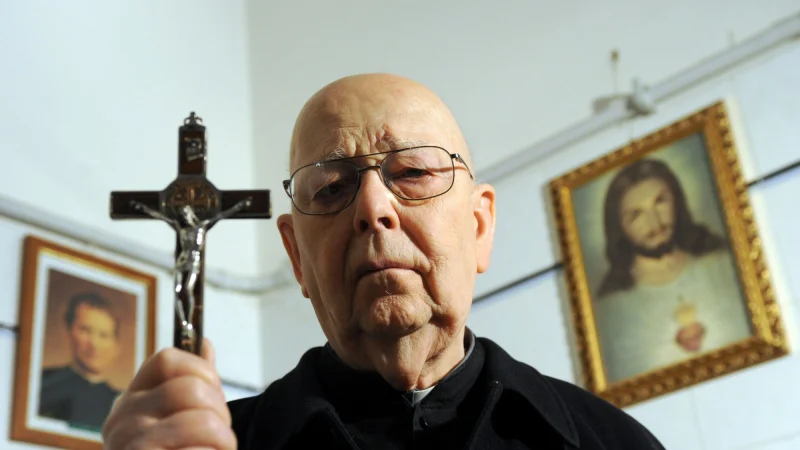
AN EXORCIST TELLS HIS STORY – GABRIELE AMOTH | FREE DOWNLOAD
Read More: AN EXORCIST TELLS HIS STORY – GABRIELE AMOTH | FREE DOWNLOADPowered By EmbedPress
-

5 Catholic-Inspired Activities to Celebrate St. Valentine’s Day ❤️✝️
Read More: 5 Catholic-Inspired Activities to Celebrate St. Valentine’s Day ❤️✝️St. Valentine’s Day is more than just chocolates and flowers—it’s a beautiful opportunity to celebrate love as God intended! As Catholics, we can honor this day with faith-filled activities that strengthen our relationships with God and others. Here are five Catholic-inspired ways to celebrate St. Valentine’s Day: 1. Attend Mass or Pray Together at a…
-
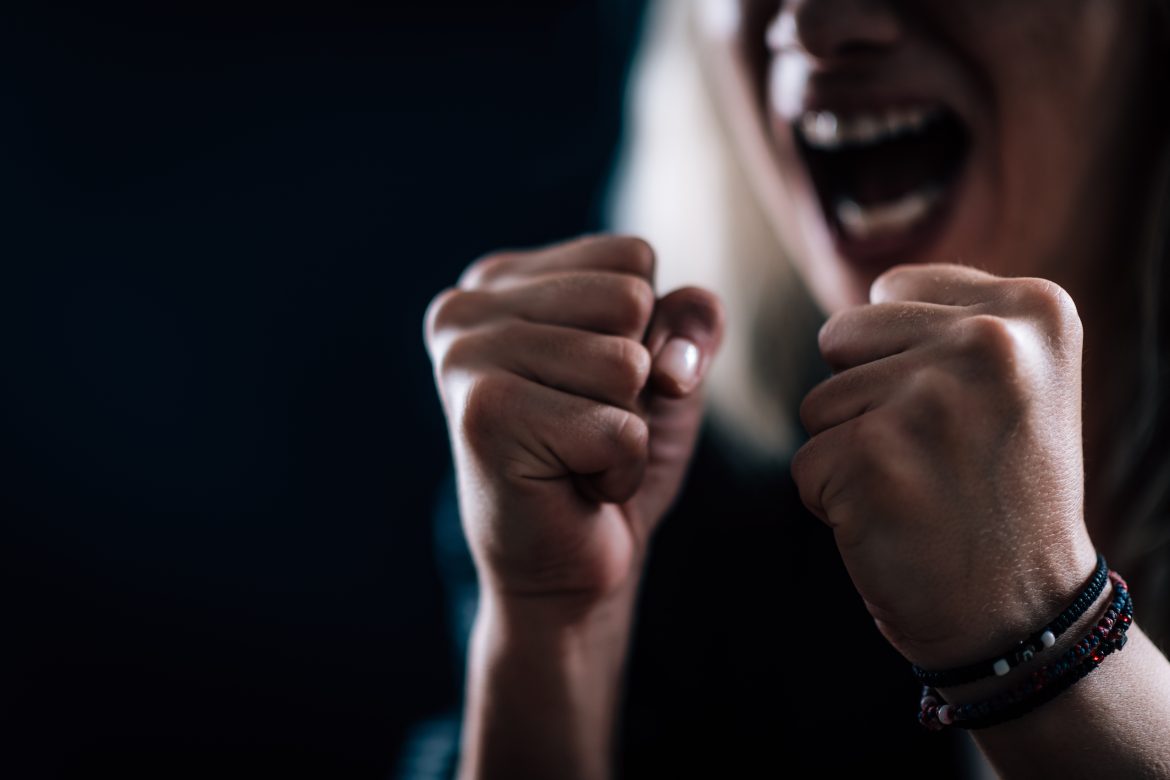
How to Deal with Anger as a Catholic: A Guide from Scripture and the Saints
Read More: How to Deal with Anger as a Catholic: A Guide from Scripture and the SaintsAnger is one of the seven deadly sins when left unchecked, but it can also be a righteous emotion when properly directed. As Catholics, we are called to imitate Christ, who showed anger against sin but never allowed it to consume Him. This article explores what the Bible, Church teachings, and the wisdom of the…
-

200,000 Hearts for Mary: A Community of Faith and Hope! Thank You, Faithful Subscribers!
Read More: 200,000 Hearts for Mary: A Community of Faith and Hope! Thank You, Faithful Subscribers!Thank You for 200,000 Subscribers! Dear Brothers and Sisters in Christ, With hearts full of gratitude, we are overjoyed to announce a truly humbling milestone: Mother & Refuge of the End Times has reached 200,000 subscribers! This journey has been nothing short of miraculous. What started as a small seed of faith has grown into…
-
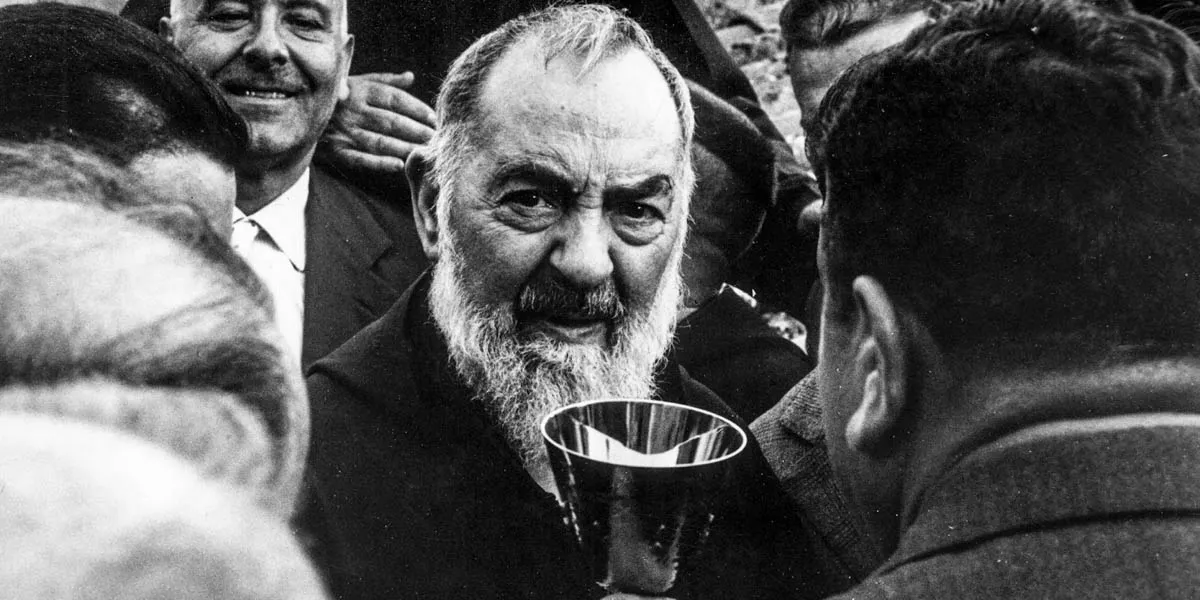
Two Places, One Mission: The (10)Saints Who Bilocated for God’s Glory
Read More: Two Places, One Mission: The (10)Saints Who Bilocated for God’s GloryProfiled Saints and Beati Known to Have Bi-Located The Catholic Church has long been a treasure trove of mystical phenomena, from incorruptible bodies to miraculous healings. Among these wonders is the extraordinary gift of bilocation—being present in two places at once. While this phenomenon remains rare, it has been documented in the lives of several…
-

How to bless your home with Epiphany chalk
Read More: How to bless your home with Epiphany chalkach year around the feast of the Epiphany many parishes throughout the world participate in an annual blessing of chalk. It is an ancient tradition that not only places God at the entrance of your home, it places your entire family under his protection. The Epiphany blessing of chalk and homes is a centuries old…
Search
Popular Posts
-
🙏 A New Chapter Begins: Supporting Pope Leo XIV with Prayer and Hope | W/ Daniel O’Connor
“Give the new pope a break and support him with your prayers.”–…
-
Possible Candidates for The Next Pope!
Some Candidates for the New Papacy Today we will share with you…
Categories
Archives
Tags
#Miracles (103) 2023 (4) 2024 (4) approved miracles (2) catholic (142) catholic blog (376) catholic meditations (7) catholic miracles (372) catholic motivation (2) catholic news (372) catholic prayers (4) CatholicSeers (359) catholic vlog (376) catholic websites (6) Eucharistic miracle (2) fr jim blount (3) GisellaCardia (11) hamas (3) imitation of christ (2) Israel (4) israel live (5) Israel news (9) jesus (3) jesus christ (4) Latest messages (11) lent 2023 (10) lent 2024 (4) lent homily (2) lent retreat (4) lent retreat 2023 (3) Lourdes (2) messages from god (6) MessagesFromHeaven (365) miracles of catholic church (2) mother and refuge (2) ourlady (325) OurLadyApparitions (22) our lady of lourdes (2) Pope (2) POPE francis (3) pope francis news (2) prayers (3) real miracles (357) sacred heart of jesus (2) The Miracles of Lourdes (2)



